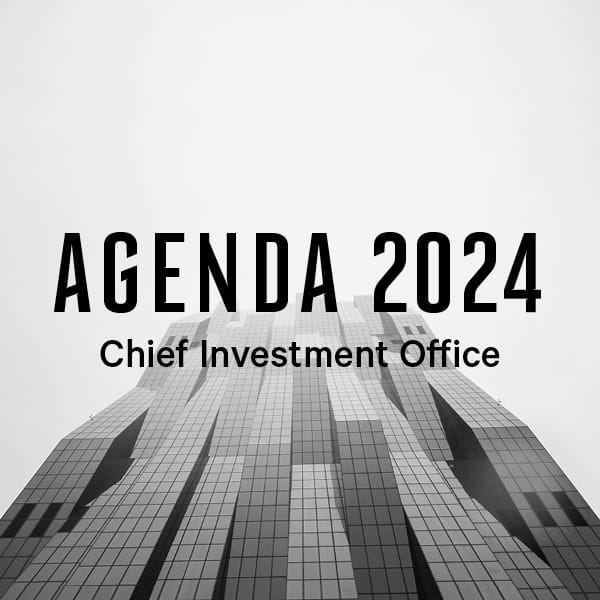-
Overview
Utilities are a classic bond proxy while banks traditionally get a boost from rising yields and a steepening yield curve. The ratio between banks and utilities has steadily been rising the past few months, in line with 10-year Treasury yields.
It’s not just the reflation trade that’s boosting banks. The fundamentals support it too. S&P 500 banks have posted a 4Q earnings surprise of ~38%, versus ~1.6% for utilities. They’re also estimated to post 2021 EPS growth of almost 34% (although it is coming off a worse 2020 base) versus utilities at ~12%. Banks are also a natural beneficiary of a push into cyclicals amid optimism around more pandemic aid and an economic recovery.
Chart 11: Banks / Utilities rise with bond yields

Source: Bloomberg
Asian emerging markets, the manufacturers of the world, are doing their best to keep the supply of goods up to cash-rich households in the West.
So far, other emerging market regions have lagged the recovery. This makes sense given the likes of Brazil is more of a commodity producer than a goods exporter. In fact, Brazil’s economy is relatively closed. Exports represent just 14% of Brazil’s GDP. In contrast, South Korean exports are 40% of the economy.
Brazil will benefit in the reflation phase of the recovery, however, as commodity prices boost the earnings of its miners.
Chart 12: EM Equities being led by Asia (Index: 31/12/19=100)

Source: Bloomberg
The close correlation between the US manufacturing activity index (PMI) and the ratio of US cyclical sectors to defensives remains in place and in fact suggests the ratio has been lagging a little in recent months.
Cyclicals are expected to benefit the most from the reopening of the economy.
Key to cyclicals from here is further progress on the vaccination program and the delivery of the $1.9 trillion Biden fiscal stimulus in mid-March.
Chart 13: Cyclicals still following the playbook

Source: Bloomberg







